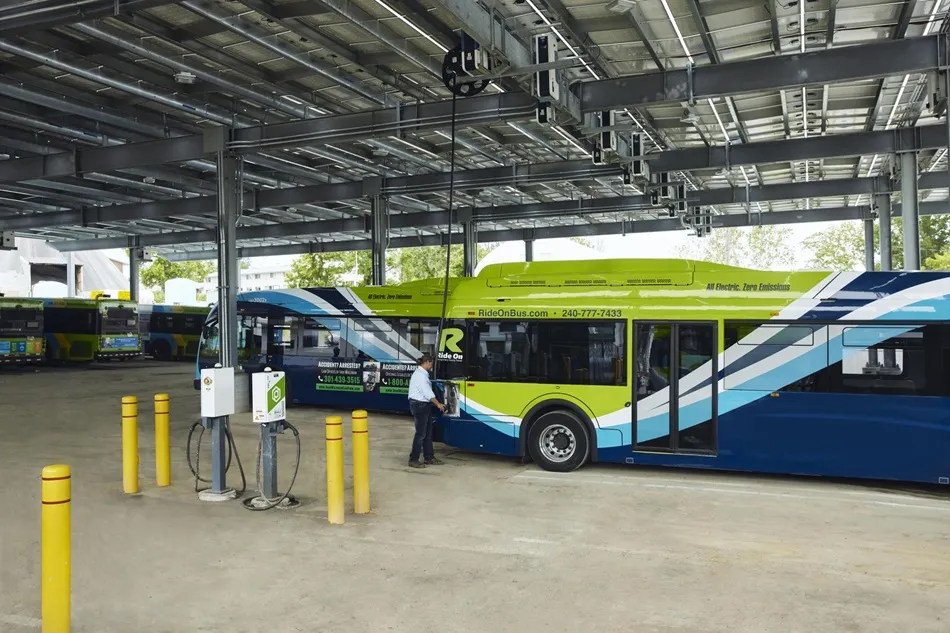As part of Columbia’s new Biotaxis project, forty-five all-electric BYD e6 taxies have been put into service in the country’s capital, Bogota.
The BYD e6 is a five-passenger, long-range, pure electric utility vehicle powered by an iron-phosphate battery. It is a crossover between a sedan and an SUV with a large interior space and additional 450 litre cargo space. The nominal range of e6 from a single charge is 300 kilometres. Using BYD’s internally-developed bi-directional charging and discharging techno
September 3, 2013
Read time: 2 mins
As part of Columbia’s new Biotaxis project, forty-five all-electric 5445 BYD e6 taxies have been put into service in the country’s capital, Bogota.
The BYD e6 is a five-passenger, long-range, pure electric utility vehicle powered by an iron-phosphate battery. It is a crossover between a sedan and an SUV with a large interior space and additional 450 litre cargo space. The nominal range of e6 from a single charge is 300 kilometres. Using BYD’s internally-developed bi-directional charging and discharging technology, the e6 can be fully charged in two hours.
“The purpose of this project is to replace conventional taxis with the electric taxis and show a visible benefit to investors due to the reduced operational cost of electric vehicles. Anyone who owns a combustion taxi has the ability to replace it with an electric taxi now”, commented Dr Gustavo Petro Urrero, Mayor of Bogota
The BYD e6 is a five-passenger, long-range, pure electric utility vehicle powered by an iron-phosphate battery. It is a crossover between a sedan and an SUV with a large interior space and additional 450 litre cargo space. The nominal range of e6 from a single charge is 300 kilometres. Using BYD’s internally-developed bi-directional charging and discharging technology, the e6 can be fully charged in two hours.
“The purpose of this project is to replace conventional taxis with the electric taxis and show a visible benefit to investors due to the reduced operational cost of electric vehicles. Anyone who owns a combustion taxi has the ability to replace it with an electric taxi now”, commented Dr Gustavo Petro Urrero, Mayor of Bogota









